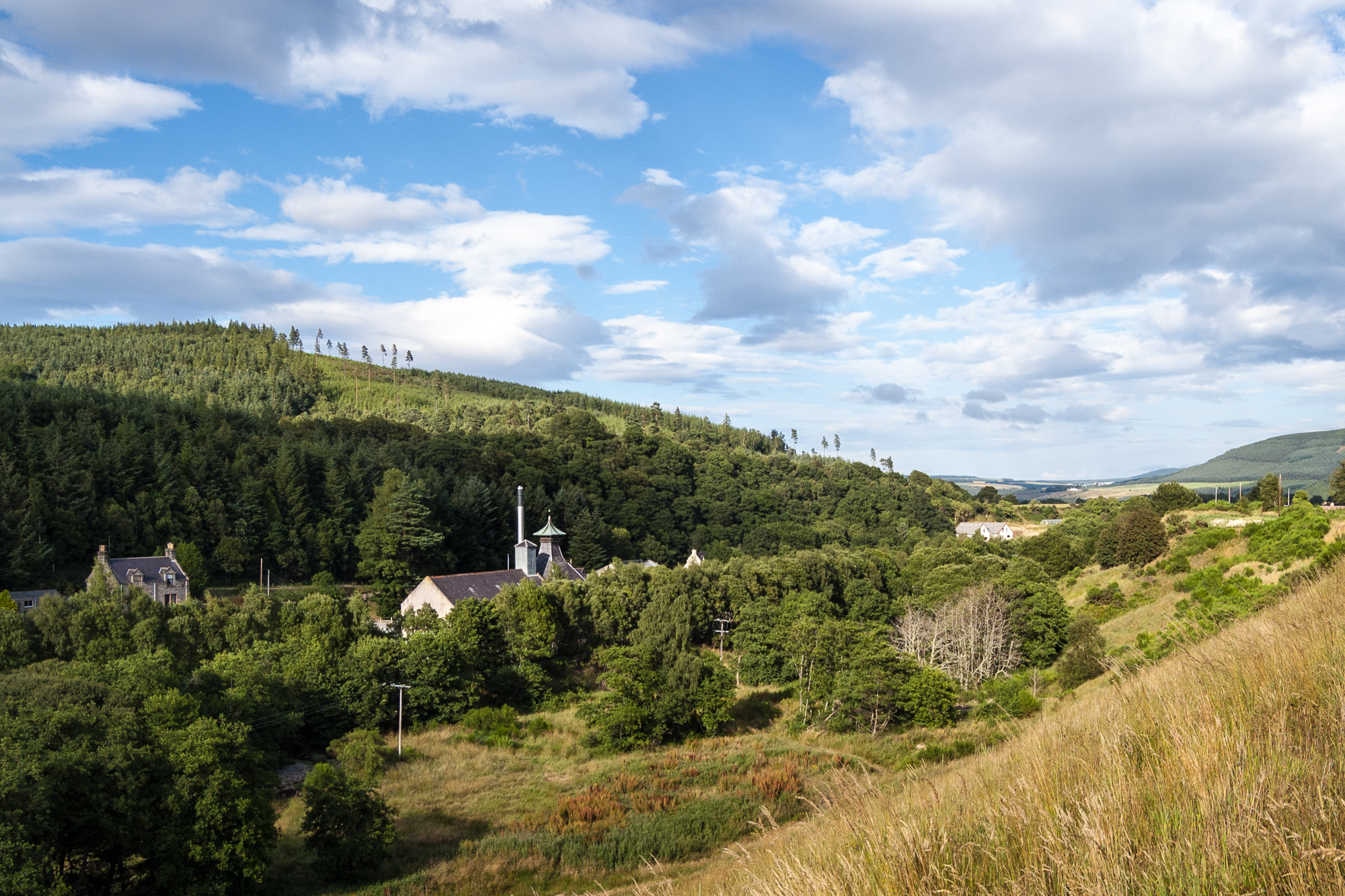Speyburn opens to the public

For many years now, Scotland has been experiencing an ever-increasing interest from tourists. And this is true both for those looking for breathtaking landscapes in the Scottish Highlands and those who want to see for themselves how their favorite beverage, Scotch whisky, is made. The most attractive areas, including the country's capital Edinburgh, are under a real siege, as well as those that are a bit more remote and harder to reach, such as the Isle of Skye, the Cairngorms mountains, and the Glen Coe Valley.
Whisky producers have long recognized that increased tourist traffic is a potential vein of gold and an additional source of income for their business. Most newly opened distilleries are designed to accommodate guests shortly after production begins, while old ones are modernizing and expanding their offerings. Today it is no longer enough to offer the usual traditional plant tour. Today, attractions such as food pairing, thoroughly modern and multimedia Visitor Centres, and tastings directly from the barrel, in customs warehouses, come into play. Hugely popular is the opportunity offered more and more often to bottle whisky yourself, or to buy editions available only at the distillery.
Speyburn has just joined the ranks of Scottish distilleries offering tours. Situated extremely picturesquely in a valley among the trees, in a kink in the road leading from Elgin to Rothes, Speyburn seems an ideal candidate for a tourist attraction. It is good that its owners finally noticed it. Not insignificant, as reported in the press, was the popularity of occasional, sporadic opportunities to tour the distillery as part of the Spirit of Speyside festival. It turns out that tickets for such entrances usually sold out within ten to twelve hours - no mean feat, given the huge number of competing attractions offered as part of the festival.
From August 1 this year, you will be able to go on a tour combined with a tasting in one of three daily sessions of 1 hour and 45 minutes. Admission will cost £20 per person, and the program includes not only a tour of the distillery and warehouses, but also a tasting of the distillery's core offerings.
Speyburn Distillery is one of the better-preserved Scotch malt whisky plants, built in the classic style of the late 19th century. Erected in 1897, the stone buildings offer a glimpse of what a classic distillery of the time looked like. It was one of the first distilleries to provide for a malt house and malt drying room topped with a pagoda, designed by Charles Doig himself, the creator of this type of ventilator. They have become a hallmark of Scottish distilleries, and today they are their symbol. Even if the distillery does not have a malt house, many new plants have an element resembling such a traditional malt dryer finial incorporated into the architectural design.
Speyburn's tourist attraction, however, lies not only in the opportunity to look at the manufacturing process in traditional late 19th century buildings, or peek inside stone dunnage warehouses. Here is the first pneumatic drum malting plant for barley installed in Speyburn. Its use meant that the productivity of this part of the plant was not dependent on the surface area of the malting floors, as was - and still is - the case with traditional, floor-based malting plants. A state-of-the-art malting plant, for the time, operated at Speyburn until 1968, roughly the time when the vast majority of distilleries abandoned making their own barley malt in favor of sourcing malt from large industrial malt houses. They operate in Port Ellen, Glen Ord and Roseisle, among others (all three are owned by Diageo) and supply almost the entire Scottish distilling industry with malt.
Speyburn Distillery is located in the Speyside region, in the village of Rothes, just off the main road leading from Aberlour to Elgin. In more than a century of operation, it has changed owners extremely rarely. In 191 it was acquired by Distillers Company Limited (DCL), and in 1991 it became the property of Inver House, which it still owns today. In 2015, the distillery underwent significant modernization and expansion, increasing its potential production capacity from about 2 million liters to 4.5 million liters of pure alcohol per year. The production heart of the plant is three alembics - one huge one for first distillation and two for secondary distillation. The latter two are connected to condensers in the form of traditional copper coils, giving the distillate a slightly sulfuric character, which over time is transformed in the barrels into the delicate, fragrant aromatic profile of the whisky produced here.
Contrary to what the name might suggest, Speyburn does not use water from the River Spey in its production process. Water from the Granty Burn stream, which flows through the distillery site and is one of the tributaries of the Spey, is used here to make whisky. In addition to Speyburn, Rothes is home to Glen Grant, Glen Spey and Glenrothes, making it an important distillery center. The Forsyths plant, specialists in distilling equipment, known mainly for its copper alembics, also operates here.
We encourage you to take a look at speyburn's current whisky offering, available through the House of Whisky Online.
[23.07.2023 / photo: Rajmund Matuszkiewicz]